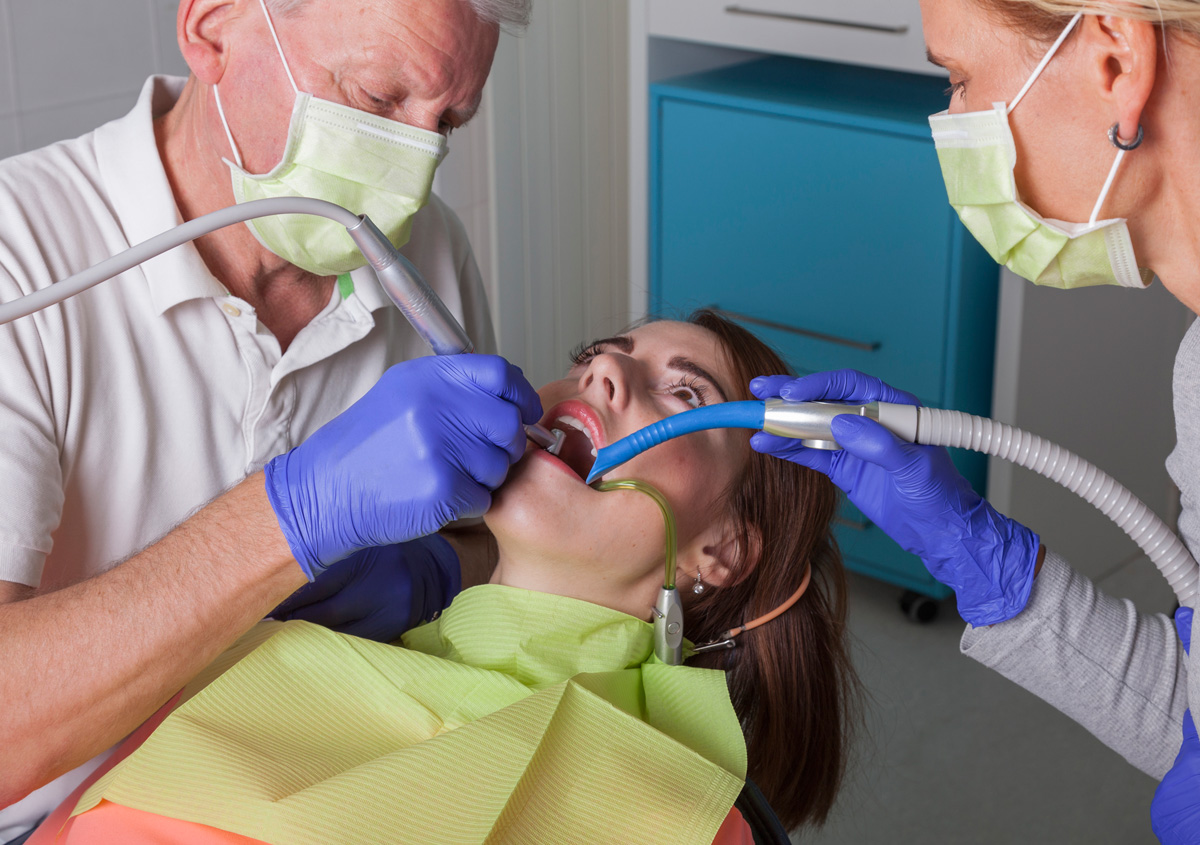Central HK practice explains the dangers of mercury and the reasons for safe amalgam removal

Dangers of mercury in amalgam fillings
Mercury is a toxic, non-radioactive, naturally occurring substance. It is well known as a dangerous material. The World Health Organization (WHO) has stated that any level, even small amounts, of mercury can be harmful. Even with this knowledge, amalgam fillings still contain mercury and they are used to treat cavities. Dental amalgam is a mixture of metals, often consisting of silver, tin, copper, and mercury. Mercury is the binding agent. It creates a strong material. Metal fillings can be inserted quickly and easily. Amalgam fillings contain toxic mercury which can come at a cost to your health. The metal fillings can crack, corrode and warp, which accelerates the release of mercury vapour into the body.Mercury toxicity
Amalgam fillings add measurable amounts of mercury to patients’ bodies. Mercury vapour is released from the fillings at all times and is inhaled. It is then absorbed into the bloodstream. When patients chew, brush teeth or drink hot liquids, increased amounts of mercury are also released. Any level of mercury is dangerous. It affects various systems of the body and can contribute to neurological, kidney, respiratory, and even pregnancy-related problems. In amalgam fillings, mercury vapors are continually released. Over time, the body loses its ability to remove the substance and it builds up in the body. This can lead to chronic mercury poisoning and health issues. Mercury toxicity can impact nearly every system in the body. The severity of mercury toxicity from amalgam fillings depends on the number of fillings, how long they have been in place, and how well your body is able to excrete and remove.Safe removal of amalgam fillings
With an understanding of the research available, we acknowledge the risks that mercury and amalgam fillings bring to patients, the dental staff, and the environment. Dr. Tong maintains a mercury safe office. For the safe removal of amalgam fillings, she adheres to the strict protocol (SMART ) and proper handling practices laid out by the International Academy of Oral Medicine and Toxicology (IAOMT). Patients may choose to have their fillings removed for various reasons. Whether for health reasons or due to problems with the filling cracking or causing damage to the tooth. When requested, amalgam fillings are removed and then replaced with a tooth-colored, composite filling. Strict mercury-safe regulations are followed before, during, and after the procedure. Standard filling removal uses a drilling technique which exposes the patient and dental team to unsafe levels of mercury vapors. The IAOMT protocol protects the health and wellness of those involved as well as the environment by ensuring proper disposal of hazardous materials. These recommendations minimize mercury exposure during the removal process. Some of the measures include:- An amalgam separator is used to collect mercury waste.
- The dental team wears protective gowns, gloves, and masks to protect themselves against possible mercury exposure.
- State-of-the-art equipment filters and ventilates to remove airborne vapors.
- Fillings are removed in large pieces to minimize vaporization of the mercury.
- The patient wears a dental dam and an oxygen mask to breathe from an alternate air source. This helps the patient avoid ingesting or inhaling any vapors.
- A high speed vacuum is positioned near the mouth to remove the mercury vapors.
- A special binding material is available for the patient to rinse with after the procedure to absorb any mercury.
Back to Dr. Titania Tong's Profile
